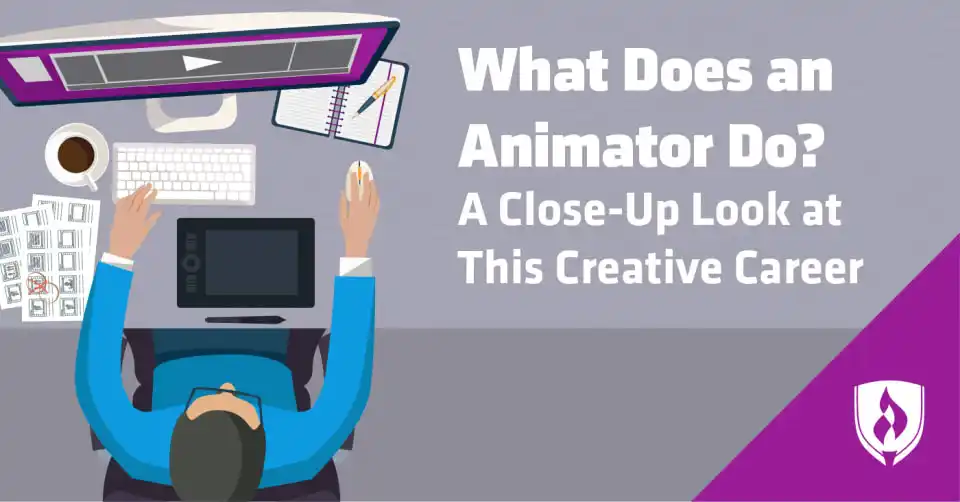Introduction:
History has always been a captivating subject, offering a glimpse into the events that shaped our world. In recent years, the utilization of whiteboard animation has emerged as a powerful tool to chronicle historical events in an engaging and accessible manner. This article delves into the fascinating world of whiteboard animation and explores how it can breathe life into history, making it more relatable and enjoyable for audiences.
1. The Art of Storytelling: Conveying Narratives through Animation
Whiteboard animation serves as an innovative method to tell historical stories. By combining visual elements with narration, it transforms complex events into compelling narratives, making history accessible to a broad audience. This section explores how the art of storytelling plays a pivotal role in preserving and disseminating historical knowledge.
2. Visual Appeal: Making History Visually Appealing
One of the key advantages of expert whiteboard animation services is its visual appeal. This heading discusses how the simplicity of black and white drawings on a whiteboard creates a unique aesthetic, capturing the viewer’s attention and fostering a deeper connection with historical content.
3. Breaking Down Complex Concepts: Simplifying Historical Context
Many historical events involve intricate political, social, and economic dynamics. Whiteboard animation excels at breaking down complex concepts into easily digestible segments. This section delves into the ways in which this medium simplifies historical context, making it comprehensible for individuals of all ages and backgrounds.
4. Engaging Education: Whiteboard Animation in the Classroom
Whiteboard animation has found its way into educational settings, transforming history lessons into engaging experiences. This part explores the impact of using whiteboard animation as an educational tool, making history a dynamic and interactive subject for students.
5. Fostering Memory Retention: The Cognitive Benefits of Animation
The combination of visual and auditory stimuli in whiteboard animation contributes to better memory retention. This section discusses how this medium enhances the learning experience by appealing to multiple senses, thereby solidifying historical facts in the viewer’s memory.
6. Creativity Unleashed: Animating Historical Figures and Events
Whiteboard animation allows for creative expression in representing historical figures and events. From animated depictions of iconic leaders to dramatizing pivotal moments, this heading explores how creativity is unleashed through the animation of historical content.
7. Tailoring Content for Various Audiences: Customization in Animation
Every audience has unique preferences and learning styles. Whiteboard animation allows for the customization of content to suit diverse audiences. This section examines how tailoring historical narratives through animation ensures broader accessibility and resonance.
8. Accessibility and Inclusivity: Reaching a Global Audience
The digital nature of whiteboard animation enables its widespread distribution, transcending geographical boundaries. This heading explores how utilizing this medium ensures that historical knowledge reaches a global audience, fostering a shared understanding of our collective past.
9. Nostalgia in Animation: Connecting Generations through History
Whiteboard animation has a nostalgic charm reminiscent of classroom chalkboards, creating a bridge between generations. This part discusses how the familiar style of animation sparks a sense of nostalgia, facilitating intergenerational connections through the exploration of history.
10. Future Prospects: Evolving Trends in Historical Animation
As technology continues to advance, the future of historical animation looks promising. This section explores emerging trends and possibilities in the realm of whiteboard animation, considering its potential impact on the way we perceive and interact with historical events.
11. Interactive Learning: Whiteboard Animation and Historical Role-Play
Whiteboard animation opens the door to interactive learning experiences, especially when it comes to historical role-play scenarios. This heading delves into how educators and content creators can utilize animation to simulate historical events, allowing students and viewers to actively participate in the learning process. Through this interactive approach, a deeper understanding of historical contexts and decisions can be fostered.
12. Emotional Connection: Eliciting Empathy through Animated Narratives
Emotions are a powerful tool in storytelling, and whiteboard animation can effectively evoke empathy. This section explores how the combination of visual storytelling and narration in animation can create an emotional connection between the audience and historical events. By tapping into the human experience, whiteboard animation has the potential to make history more relatable and emotionally resonant.
13. Real-Time Updates: Keeping History Alive with Timely Animations
Whiteboard animation’s flexibility allows for real-time updates to historical narratives. Whether it’s unfolding political events or contemporary reflections on the past, this heading explores how animation can be a dynamic tool to keep history alive and relevant. By incorporating current perspectives into historical storytelling, whiteboard animation becomes a living, breathing chronicle of our ongoing journey.
14. Collaborative Storytelling: Engaging Communities through Animation Workshops
Community engagement is crucial in preserving and sharing historical knowledge. Whiteboard animation can be employed in collaborative workshops where communities come together to tell their own stories. This section discusses how animation workshops can empower individuals to share their unique perspectives, fostering a sense of collective ownership over the narrative of their community’s history.
15. Ethical Considerations: Balancing Accuracy and Creativity in Animation
While whiteboard animation offers creative freedom, maintaining historical accuracy is paramount. This heading explores the ethical considerations involved in balancing creativity with factual representation. Examining how animators navigate the fine line between artistic expression and historical integrity ensures that the educational value of whiteboard animation remains credible and trustworthy.
Conclusion:
In conclusion, whiteboard animation stands as a timeless tool for chronicling historical events. Its unique combination of simplicity, creativity, and accessibility makes it a valuable asset in bringing history to life. As we continue to explore innovative ways to educate and engage audiences, whiteboard animation proves to be a dynamic and human-centered approach to preserving the rich tapestry of our past.
Also, read this: Best Budget-Friendly Birthday Event



